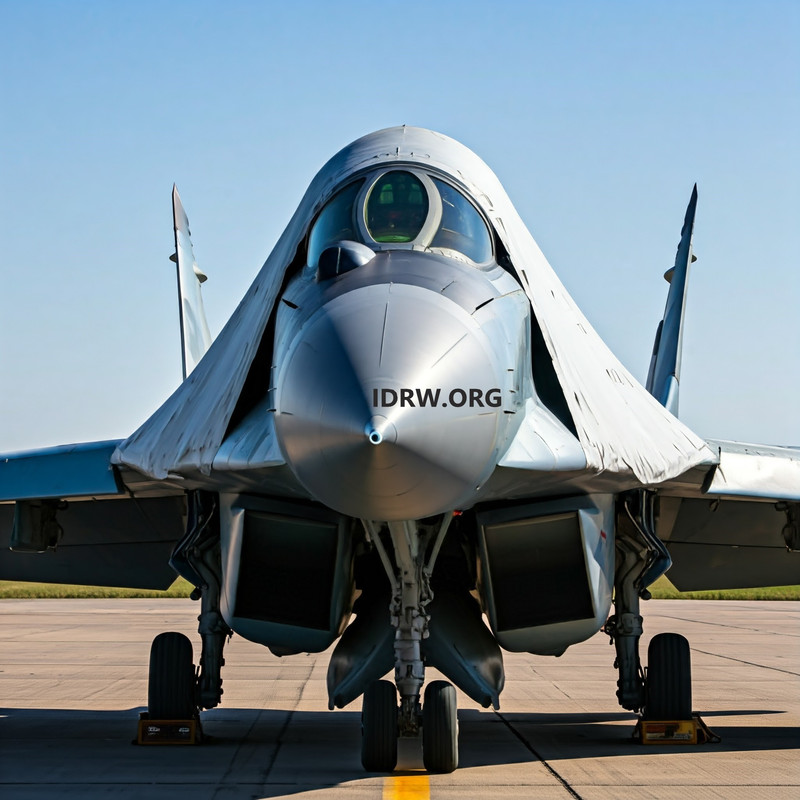SOURCE: RAUNAK KUNDE / NEWS BEAT / IDRW.ORG


In a strategic move to enhance the protection of aircraft on the ground, the Indian Navy has announced its interest in the development of a Radar Obscurant Cloak under the iDEX DISC (Defence India Startup Challenge) 13 initiative. The objective of this innovative project is to shield aircraft parked on the ground from detection by enemy radar, offering an additional layer of defense for assets at airbases and other vulnerable locations.
The primary function of this radar obscurant cloak is to minimize the radar signature of grounded aircraft, making it difficult for enemy radars to detect them. This is crucial in modern warfare, where the ability to conceal high-value assets from adversaries can make a significant difference in operational readiness and asset longevity.
The radar cloak is intended to be a roll-on roll-off system, allowing for quick deployment and easy removal. This flexibility means that aircraft can be swiftly covered or uncovered as needed, making the obscurant system operationally practical without disrupting flight schedules or maintenance activities.
Protecting aircraft on the ground from detection reduces their vulnerability to airstrikes or missile attacks, especially in conflict scenarios where airbases are primary targets. With radar obscurant technology, airbases can be used more dynamically. The option to conceal grounded aircraft means that assets can be safely stationed closer to contested areas, reducing response times and enhancing mission flexibility.
An effective radar obscurant cloak can also act as a deterrent by making it difficult for adversaries to gauge the full strength and readiness of air assets, complicating their strategic calculations.
Design Specifications and Functionality
The design of the Radar Obscurant Cloak centers around creating a lightweight, durable, and radar-absorptive canopy that provides effective radar camouflage for aircraft on the ground. The key specifications of the obscurant system include:
Compatibility with Small and Medium Aircraft: The current development target is for the system to be used with small and medium-sized aircraft. This focus allows for scalability to larger assets in the future while ensuring that critical smaller assets are protected immediately.
Lightweight Structure: The obscurant cover is expected to be light enough to enable rapid deployment and retraction, reducing the manpower required and allowing quick adjustments as operational demands change.
Support Structure: To minimize the radar signature, the cover will be reinforced with a specialized support structure that aids in dispersing or absorbing radar waves, thereby preventing radar detection. This support structure will be designed to be both robust and adaptable, capable of securely covering aircraft even in challenging weather conditions.
NOTE : Article cannot be reproduced without written permission of idrw.org in any form even for YouTube Videos to avoid Copy right strikes. Websites doing illegal reproductions will get DMCA and Legal Notices.